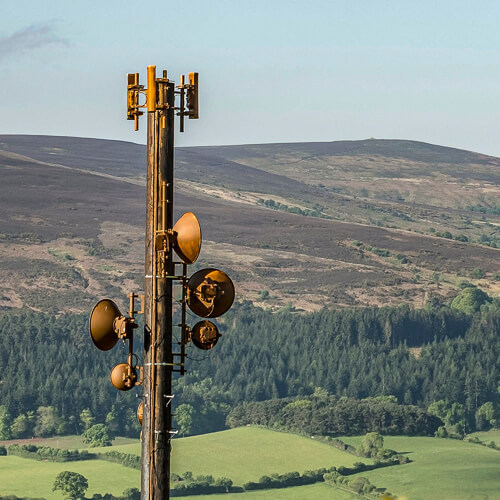Starry posts customer growth, but waffles on some 2022 targets
Starry gained 8,000 fixed wireless customers during the first quarter of 2022. But the company backtracked on its EBITDA hopes for full-year 2022, as well as its plans to launch multiple new markets during the rest of 2022.

Starry reported a gain of 8,000 fixed wireless customers during the first quarter, and company officials pointed out that figure exceeds the total number of broadband customer gains reported by AT&T, Altice USA, Cable One and Lumen during the period.
For example, AT&T added 289,000 fiber-to-the-premises (FTTP) customers in the first quarter but lost 284,000 non-fiber subscribers, thus ending the period with a net addition of 5,000 broadband customers.
However, Starry took a step back from some of the 2022 goals it laid out late last year. For example, the company said it now expects to launch services in one new, unnamed market later this year, down from previous expectations of several market launches. Further, the company now expects its EBITDA (earnings before interest, taxes, depreciation and amortization) losses to total $125 million in 2022 – significantly more than the $74 million it forecast late last year, prior to its initial public offering (IPO).
The results represent Starry's first full quarterly earnings report since the company went public. Starry's stock debuted at around $10 per share in March but it has mostly fallen since, alongside a broader market selloff. The company's shares fell around 5% after its first quarter earnings report Thursday morning, to around $7.22 per share.
At the end of the first quarter, Starry counted a total of around 71,000 customers, up from the 48,000 it reported in the second quarter of 2021. The company also said it ended the first quarter covering a total of 5.5 million homes, up from 4.7 million in the second quarter of 2021. Starry said it remains on track to gain "greater than 100,000" customers by the end of 2022.
Company officials said Starry expects to expand its services to business users in existing and new markets. But they also acknowledged that Starry will need to raise more money to reach its broader network buildout goals.
Figure 1:  An Airband transmitter covers the Vale of Porlock, in the UK, with fixed wireless services.
An Airband transmitter covers the Vale of Porlock, in the UK, with fixed wireless services.
(Source: Shaun Davey/Alamy Stock Photo)
Starry currently offers fixed wireless access (FWA) services in six US cities: Boston, New York City, Los Angeles, Washington, DC, Denver and Columbus, Ohio. The company said it plans to add another market sometime this year. Company officials reiterated Starry's plans to target mostly urban and suburban areas with its 802.11-based FWA offerings, via a mix of apartment buildings and some single-family homes.
Importantly, Starry still hopes to get around $268 million from the FCC's Rural Digital Opportunity Fund (RDOF) in order to offer broadband services in parts of nine states. However, the agency is still reviewing the company's application, and has not yet authorized that payment.
Broadly, Starry joins a range of large and small companies in using FWA technology to offer home Internet services across the US. While most such providers – ranging from T-Mobile to Rise Broadband – are targeting mostly rural areas that have few Internet options, Starry is hoping to challenge existing cable and fiber providers with FWA in urban and suburban areas. Starry officials argued that the company can cover cities with FWA services at a fraction of the cost of fiber.
Related posts:
— Mike Dano, Editorial Director, 5G & Mobile Strategies, Light Reading | @mikeddano
About the Author(s)
You May Also Like




_International_Software_Products.jpeg?width=300&auto=webp&quality=80&disable=upscale)







